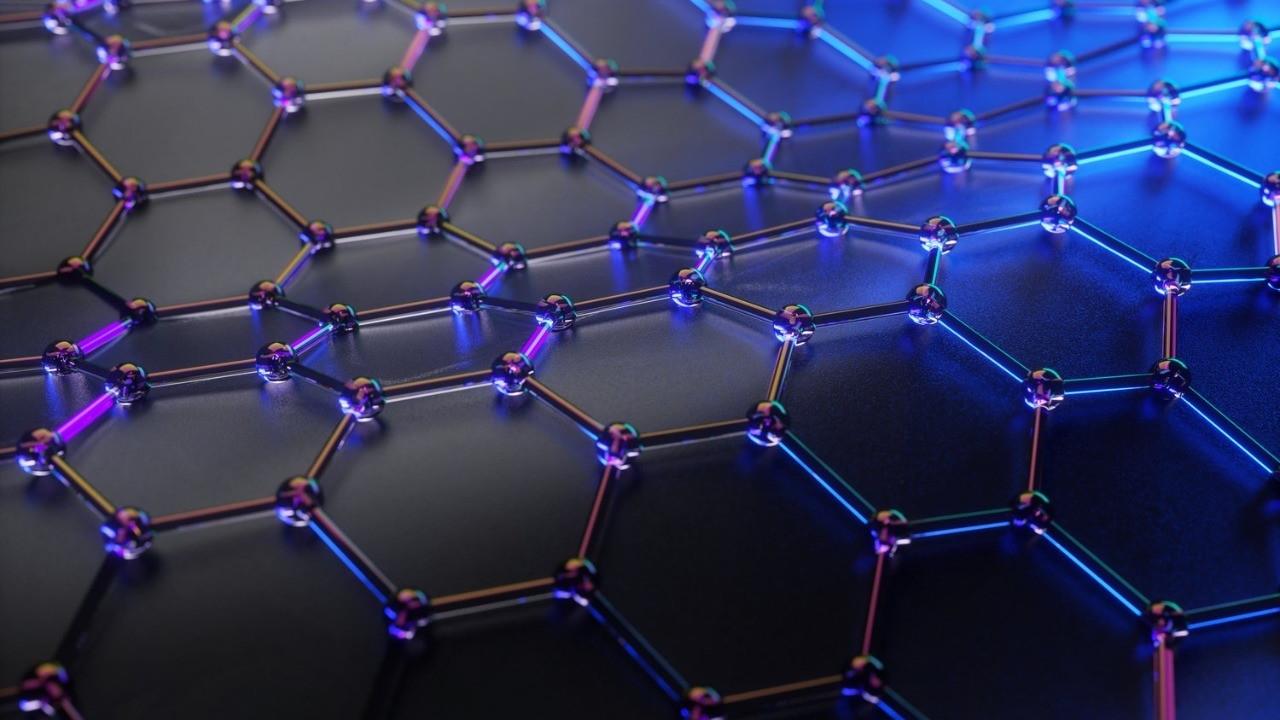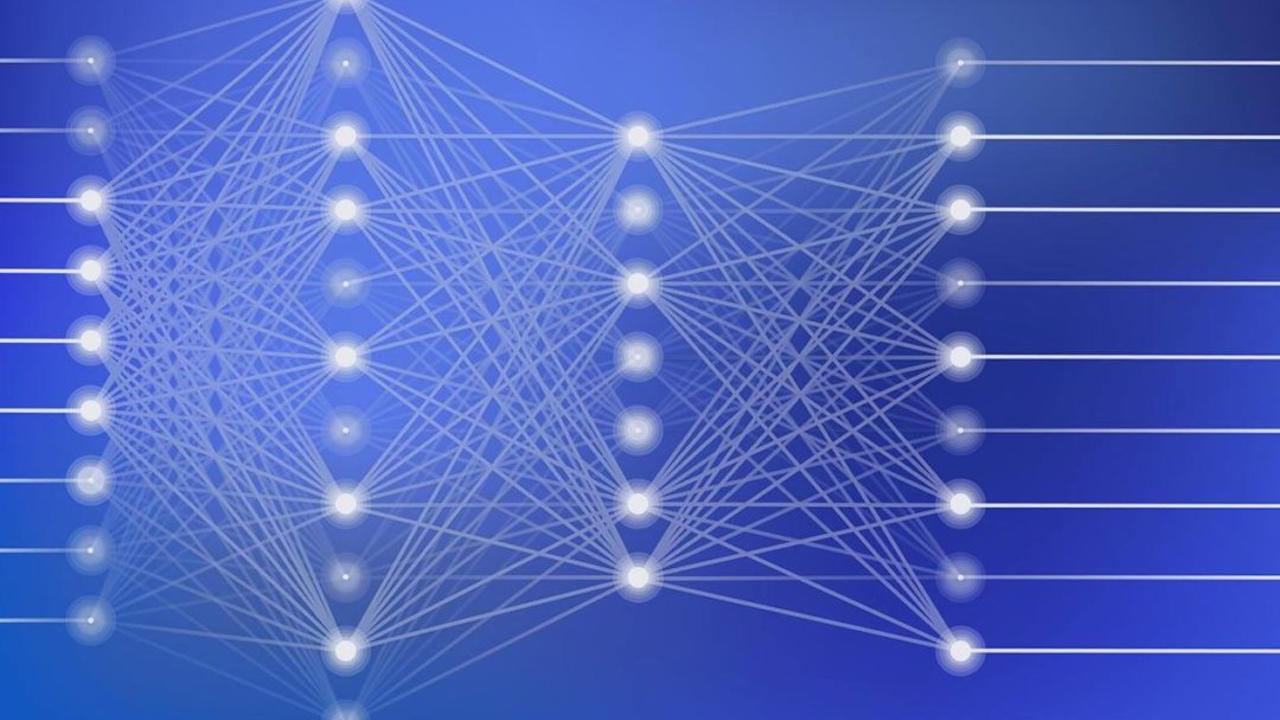Science News
& Faculty Articles
Measuring the Curvature of Space-time Using Time Dilation at Atomic Scale

By physicist Dr. Inés Urdaneta and biophysicist William Brown, research scientists at Resonance Science Foundation
Although quantum mechanics— the physics governing the atomic scale— and general relativity— the physics governing the cosmological scale— are still viewed as disparate regimes within the Standard Model (Haramein's holographic quantum gravitational solution has not reached wide-spread mainstream appeal as of yet), experiments on the quantum scale are reaching the capability of measuring relativistic effects, therefore connecting in practice, what remains disconnected in theory.
Such is the case of the recently observed gravitational Aharonov-Bohm effect—a quantum probe for gravity. In the electromagnetic version of the Aharonov-Bohm effect (in which the highly nonlocal quantum effect was first predicted) an electrically charged particle is affected by an electromagnetic potential, despite being confined to a region in which both the...
Turning Matter Invisible!

Image: Pixabay
By Dr. Inés Urdaneta / Physicist at Resonance Science Foundation
By manipulating quantum properties in atoms, scientist at MIT were able to prevent a sample of Litium atoms (6Li) from scattering light, therefore, turning it invisible! In other words, the capacity of the atoms to scatter light, was suppressed ...
This effect was predicted theoretically 30 years ago, and it is an example of a phenomenon called Pauli blocking, based on the Pauli exclusion principle, where electrons in atoms are forbidden to occupy the same quantum state. In standard conditions, electrons in an atom are arranged and localized in such a way that they are all distinguishable from each other; they cannot superpose. This is a property of fermionic particles; they all have different quantum states (identified by quantum numbers) and so they are distinguishable.
If the electrons in an atom where like people in a hotel room, each person would be identified with 4 numbers (the four quantum...
Quantum Simulator Reveals New State of Matter Possible with Topological Spin Liquids

By Resonance Science Foundation biophysicist William Brown
Quantum spin liquids are exotic phases of matter that offer potential applications in robust quantum information processing with topological qubits. Quantum spin liquids are a phase of matter that feature long-range quantum entanglement involving the magnetic dipoles, or spin, of electrons. Unlike in conventional magnets where the magnetic dipoles of electrons all align and freeze into place, electrons in this new exotic phase are constantly changing and fluctuating like a liquid— leading to one of the most entangled states of matter ever conceived.
Until recent investigations it was unknown if such a highly quantum correlated magnetic state could be realized in an actual physical system. Now, using a 219-atom programmable quantum simulator a team of Harvard researchers have shown that quantum matter and protected quantum information processing are possible with topological spin liquids. Their findings...
Warp Field Mechanics of the Dynamic Vacuum

By biophysicist William Brown, research scientist at RSF
Crawl-walk-run. This is the motto of Harold "Sonny" White— former director at NASA's Eagleworks division for advanced propulsion physics research— to put into perspective the proper technological progression required for developing a warp drive. True to this grounded perspective on how a remarkable civilization-changing technology can become a reality, Dr. White has published empirical simulation data of a nanometer scale warp bubble— a spacetime geometry that enables novel propulsion via gravitational control— that albeit too small for practical applications of propulsion, is experimental indication that the energy density requirements for a warp drive are technologically feasible.
This is an important demonstration, as a common objection to warp drive technology—and even the use of wormholes—is the seeming requirement for negative energy densities, which many physicists...
CODATA Proton Charge Radius; The History Of This Fundamental Measurement

Haramein’s holographic solution accurately predicted the mass and radius of the proton in 2012 [2, 3], resulting in a radius 4% smaller than the Standard Model and experiments gave at the time. This prediction that does not utilize adjusting parameters, was later confirmed at the Paul Scherrer Institute utilizing muons in a proton accelerator. Further experiments utilizing electrons confirmed the radius in 2017-2018. The value of the proton RMS charge radius has since been validated by the adjusted 2018 CODATA value, which is the standard for all fundamental physical constants.
By Dr. Inés Urdaneta / Physicist at Resonance Science Foundation
It’s been almost two years since the charge radius of the proton was finally confirmed experimentally by a September 2019 study from Eric Hessels [1], of York University in Canada, and his colleagues.
In his paper entitled Quantum gravity and the holographic mass (published in 2013, though the work was sent to...
New Machine Learning Method Raises Questions on the Nature of Reality… Again

By Dr. Inés Urdaneta / Physicist at Resonance Science Foundation
Machine learning and artificial intelligence are increasingly taking the stage, with huge philosophical implications. We have been following this issue in our RSF science blog, first through the article Between the Holographic Approach and Data Science where we addressed the potential of trained artificial neural networks to replace our scientific models, and the possibility of reality being a numerical simulation was discussed. Somehow we had anticipated the work from Vitaly Vanchurin, from the University of Minnesota Duluth, proposing that we live in a neural network and affirming that only through neural networks we could find the theory of everything and grand unification theory. So, our second article entitled Is the universe a Neural network? addressed this later possibility.
Today it was published in Phys.org an article entitled New machine learning method raises question on nature of science which...
Graphene Proves That Brownian Motion Can Be A Source of Energy!

By Dr. Inés Urdaneta / Physicist at Resonance Science Foundation
Graphene, one of the most important nanomaterials developed so far, continues to surprise the scientific community. This time, thanks to the extraordinary phenomena found by a group of physicists from the University of Arkansas. We are talking specifically about the capacity to use the thermal motion of atoms in graphene as a source of energy!
In this recent work, published in Physical Review E under the title Fluctuation-induced current from freestanding graphene, the team of researchers have successfully developed a circuit capable of capturing graphene's thermal motion and converting it into an electrical current.
As it is said in this article: "The idea of harvesting energy from graphene is controversial because it refutes physicist Richard Feynman's well-known assertion that the thermal motion of atoms, known as Brownian motion, cannot do work. Thibado's team found that at room...
Is the Physical World a Neural Network?

By Dr. Inés Urdaneta / Physicist at Resonance Science Foundation
In a former RSF article entitled Between the Generalized Holographic approach and Data Science, we addressed the potential of trained artificial neural networks to replace our scientific models, and the possibility of reality being a numerical simulation was discussed. Somehow we had anticipated this next and very recent work from Vitaly Vanchurin, from the University of Minnesota Duluth, proposing that we live in a neural network. It is an audacious idea!
In our prior article we had anticipated the impact of artificial neural networks and deep machine learning … what we had not foreseen was that they would be used literally as the framework for the theory of everything! There is a saying: "better be a historian, than a prophet", meaning that a historian writes about past events, and so taking small risk, while a prophet takes a huge risk with his predictions. Though, we should not brag about this feat...
Artificial Intelligence Meets Quantum Physics

By Dr. Inés Urdaneta / Physicist at Resonance Science Foundation
As many theoretical and computational chemists and physicists know, quantum chemical calculations involving more than an electron and nuclei are very difficult to solve. They belong to a field called many body problems and require an extensive amount of computational infrastructure and hours of calculations depending on the size (the number of particles) of the system.
Here is where artificial intelligence – a combination of artificial neural networks and machine learning – comes into play. Neural networks have been around for more than 50 years, and they are more actualized than ever before. This is because they can learn through something called backward propagation, reaching a high level of predictability and increasing accuracy by training the network.
Quantum theoretical models, together with their computational packages, have been outstandingly successful in describing the quantum regime. While...
The Force of the Vacuum

by Dr.
One of the most common physical manifestations of the vacuums’ force is the Casimir effect, which was first predicted by the Dutch physicist Hendrik Casimir in 1948, and measured for the first time by Steven Lamoreaux in 1996. Nonetheless, the physical interpretation and whether or not the effect comes from the vacuum fluctuations, is still under discussion in theories of quantum gravity and quantum electrodynamics. It also remains a mystery that the energy density of the vacuum is so high it should act gravitationally to produce a large cosmological constant, as well as curving spacetime. And yet, there is a difference of 122 orders of magnitude between the classical vacuum represented by the cosmological constant, and the quantum vacuum energy density. This discrepancy is known as the Vacuum catastrophe (Investigation of the gravitational property of the quantum vacuum may explain the accelerating...




